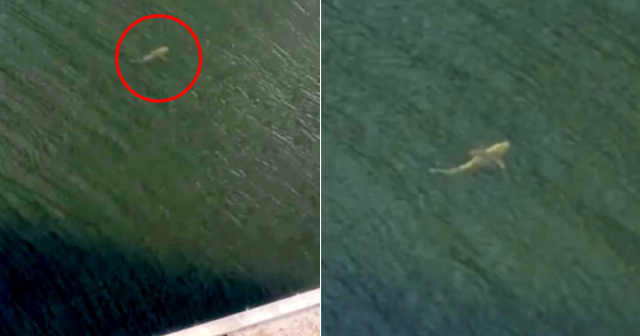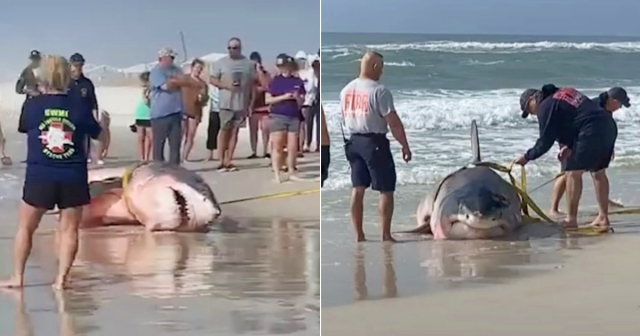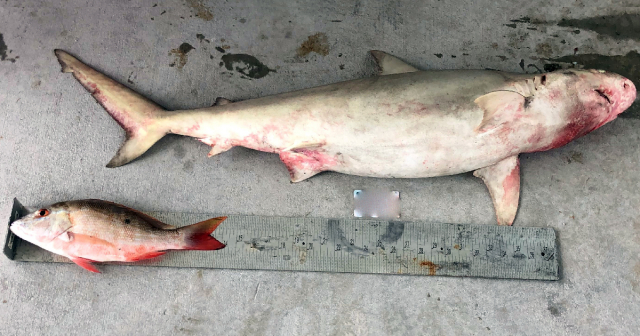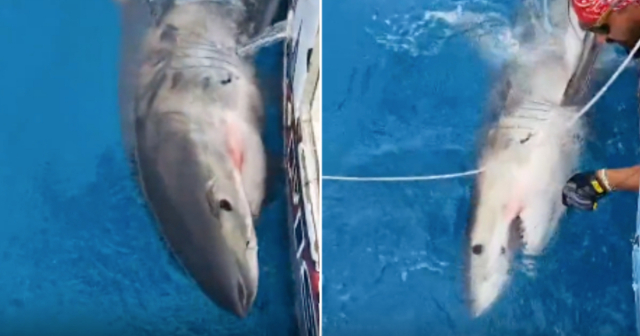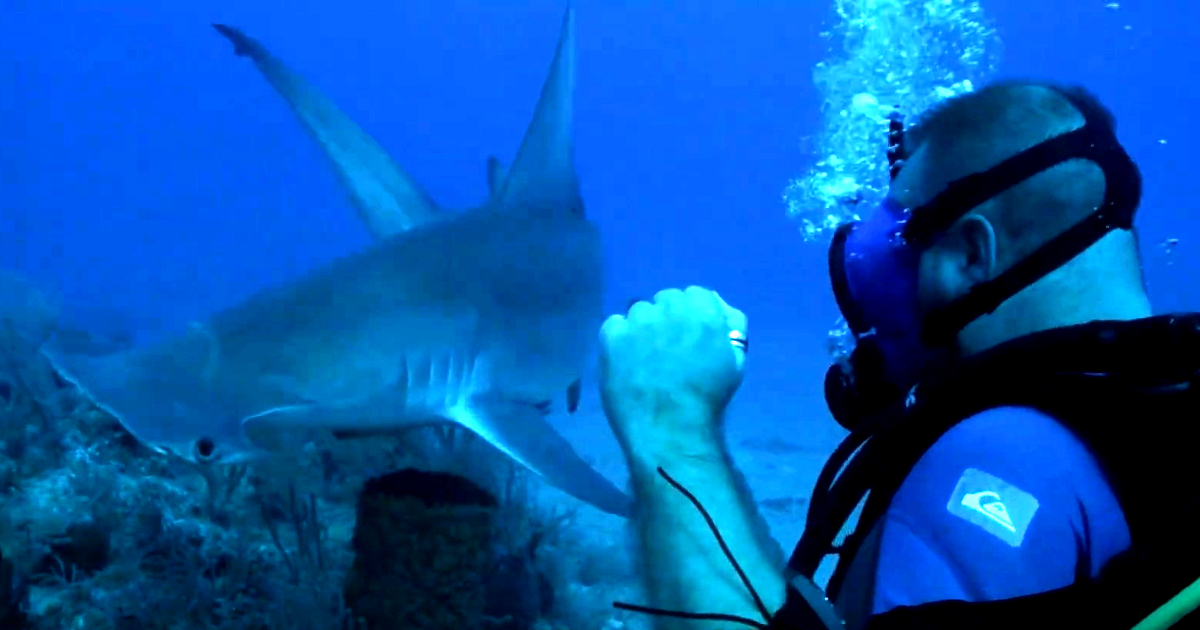
Thousands ofsharks off the coast of Florida could be exposed to the effects of thecocaine when coming into contact with bales of this drug that fall into the sea during the transfers made by drug traffickers through the waters of the Strait.
In their attempt to introduce drugs into the United States, drug traffickers often throw bales of cocaine into the sea, either to be picked up by members of their criminal networks or to escape from the US Coast Guard.
"This is the only place in the world where a shark could come into contact with such massive doses of cocaine," he said.Tom Hird, a marine biologist and broadcaster based in England, who studies the behavior of sharks in Florida waters.
Their investigations in this sense, of which there are still no definitive conclusions, are the central axis of a documentary that will premiere during Shark Week inDiscovery Channel calledCocaine Sharks (Cocaine sharks, in Spanish).
Because cocaine is a water-soluble substance, Hird considers it theoretically possible that a shark swimming in the vicinity of a damaged package could come into contact with the drug and experience an effect that alters its behavior, becoming more erratic, disoriented and aggressive.
“I fully believe it is real, especially with the amount of cocaine that is being trafficked” in Florida, Hird said, according to the popular magazineScientific American. “And that's just what makes it to the beach. “It doesn’t include things that get trapped in the sea.”
To test his hypothesis, Hird teamed up withTracy Fanara, an environmental scientist at the University of Florida who studies how human pollutants affect sharks and other marine species.
“Living in Florida for the last 20 years, I've heard a lot of stories about these bales of cocaine washing ashore,” Fanara says. “For that reason, I went from laughing at the idea to totally agreeing” with investigating whether sharks used such drugs.
The team focused on the waters around the Florida Keys, where bundles of cocaine frequently appear dumped by drug traffickers. The temperate waters of this area attract several species of sharks (tiger, hammerhead and bull shark, among others).
Hird and Fanara decided to study the behavior of these species and observed several cases that caught their attention, such as that of a hammerhead shark that swam in an unusually wobbly manner.
Divers also observed a sandbar shark swimming in small circles as if fixated on an imaginary object, another behavior the researchers found strange.
However, both researchers were unable to link these behaviors to cocaine exposure.
As part of their study, the team dropped dummy bales of cocaine into the water next to fake swans to see which object the sharks preferred. To their surprise, several sharks ignored the swans and swam directly toward the fake bales. Some sharks even bit them, and another grabbed a bundle and swam away with it, according toScientific American.
In another experiment, scientists made a "bait ball" of highly concentrated fish powder, which would trigger a dopamine rush similar to a hit of cocaine. Apparently, the sharks went wild. They also dropped bundles similar to those of cocaine from airplanes and observed several sharks that swam to investigate the landing.
Despite his suspicions, Fanara notes that it is impossible to conclusively link any of the animals' behaviors to cocaine ingestion without an in-depth study. This would require capturing the sharks, collecting blood samples and searching for chemical traces of cocaine in the laboratory.
Other members of the scientific community do not believe it is possible for sharks to be interested in bundles that they might identify as driftwood or other inedible detritus. This is what he expressed to the aforementioned mediaGavin Naylor, director of the Florida Program for Shark Research at the University of Florida.
Regarding the effects of cocaine on fish, according to laboratory research with small fish, their behavior is not similar to that of humans under the influence of the drug.
“You'd think a shark on cocaine would be swimming around at 1,000 miles an hour,” Hird says. "But it's us taking our human brains and putting them in the shark's head."
The team hopes thatCocaine Sharks Increase public awareness of the impact that drugs, including pharmaceuticals, can have on marine life. “This is a catchy title to shed light on a real problem,” Fanara considered.
“The backstory here is how chemicals, pharmaceuticals and illicit drugs enter our waterways, enter our oceans, and what effect they might have on these delicate ocean ecosystems,” Hird said. .
Scheduled for the week of August 1 to 7, the thematic block of the renowned channel includes several audiovisuals focused on sharks. As announced by the platform, Discovery Channel viewers will enjoy more than 50 hours of programming about sharks and more than twenty premieres in which the world's greatest shark experts and a multitude ofcelebrities They dive into the most dangerous waters on the planet to come face to face with impressive shark specimens.
What do you think?
COMMENTFiled in:

